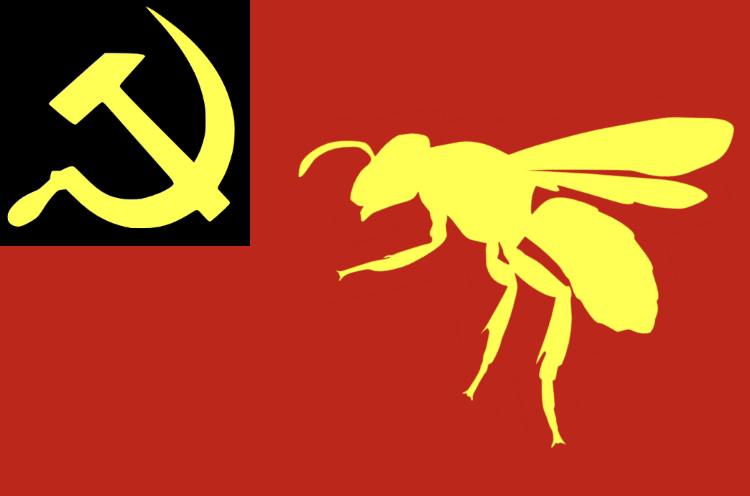- cross-posted to:
- politics
- cross-posted to:
- politics
- Semá:th Xhotsa, or Sumas Lake, in Canada was the center of First Nations’ food system and culture, before European colonists drained it in 1924 to create farmland.
- Almost 100 years later, catastrophic flooding threatens to refill the lake and displace the farmers.
- First Nations people and university researchers have proposed restoring the lake ecosystem to adapt to climate change-driven flooding, and as a method of reparation, but the local government is pushing back.
The Fraser Valley is home to some of Canada’s most important agricultural land, but 100 years ago this region was a huge glacial lake and the center of the Semá:th people’s food system.
“The lake provided everything that the Nations needed,” says Troy Ganzeveld, councilor for the Semá:th Nation.
The area now faces an uncertain future, as current residents of the lakebed struggle to keep it dry, and the lake fights to return. In response, the Semá:th people and researchers are calling for the lake’s restoration to address the harms of the past while adapting to future climate change.
Semá:th Xhotsa, also known as Sumas Lake, was located in what is today the Lower Fraser Valley of British Columbia province. First Nations’ food systems relied directly on the lake. There were ducks, geese, salmon, sturgeon, clams, wild hazelnuts and strawberries. Residents traveled on the lake by canoe to hunt deer and elk on islands. For the Semá:th people, the lake was the primary source of food and central to their culture as a gathering place.
European settlers began to occupy British Columbia in the 1850s, taking land to establish European-style agriculture. By the 1920s, the colonists had developed a plan to drain Semá:th Xhotsa to create farmland, and by 1924 the lake was drained into a human-made canal and the nearby Fraser River.
Over the past century, the region has changed dramatically: less than 30% of the native vegetation remains, and more than 85% of floodplain habitat and 64% of streams in the area have been lost.
Almost a century after the lake was drained, in November 2021, the landscape abruptly transformed again: the lake started to return. Atmospheric rivers inundated parts of British Columbia, causing catastrophic flooding. In the Fraser Valley, pump stations and dikes that had managed flooding on the lakebed for decades were overwhelmed.
Notably the plan to buy out the properties in the floodplain is less than half as expensive as rebuilding with the necessary new dams and pump stations.
this sounds like some monkey paw shit
"climate change is fixing colonialism!"





